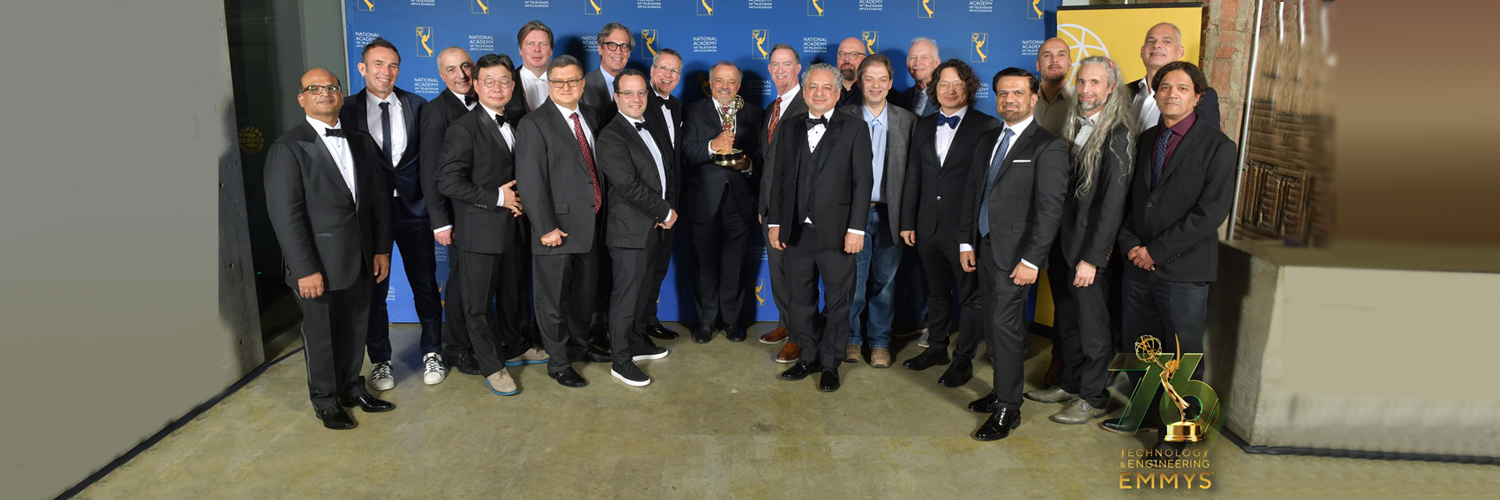Many people are familiar with audio and video codecs, but who knows how many other technologies are required to enable audio or video streaming? One such technology, largely unknown but nonetheless indispensable, is the Common Media Application Format (CMAF), developed by the leading standardization organization in the media world: MPEG (Moving Picture Experts Group). MPEG was honored with the Technology & Engineering Emmy® Award for the CMAF standardization in early December and...
Via Adds MPEG-D DRC To Advanced Audio Coding Patent Pool
MPEG-D DRC is a new, innovative audio solution that overcomes problems of variations in volume level and dynamic range when content is played back on different listening devices and in varying listening environments. This audio technology plays an important role in improving the consumer’s listening experience in any playback situation for streaming and broadcast content. “The addition of MPEG-D DRC increases the value of our AAC patent pool tremendously,” said Joe Siino, President of...




